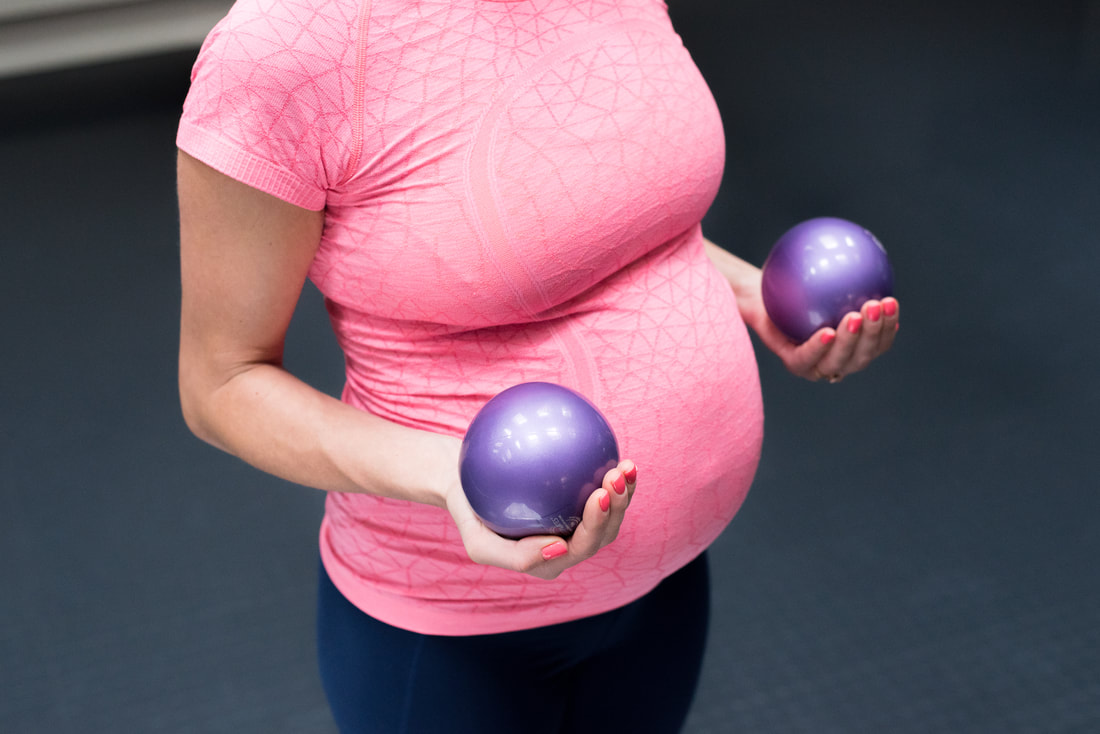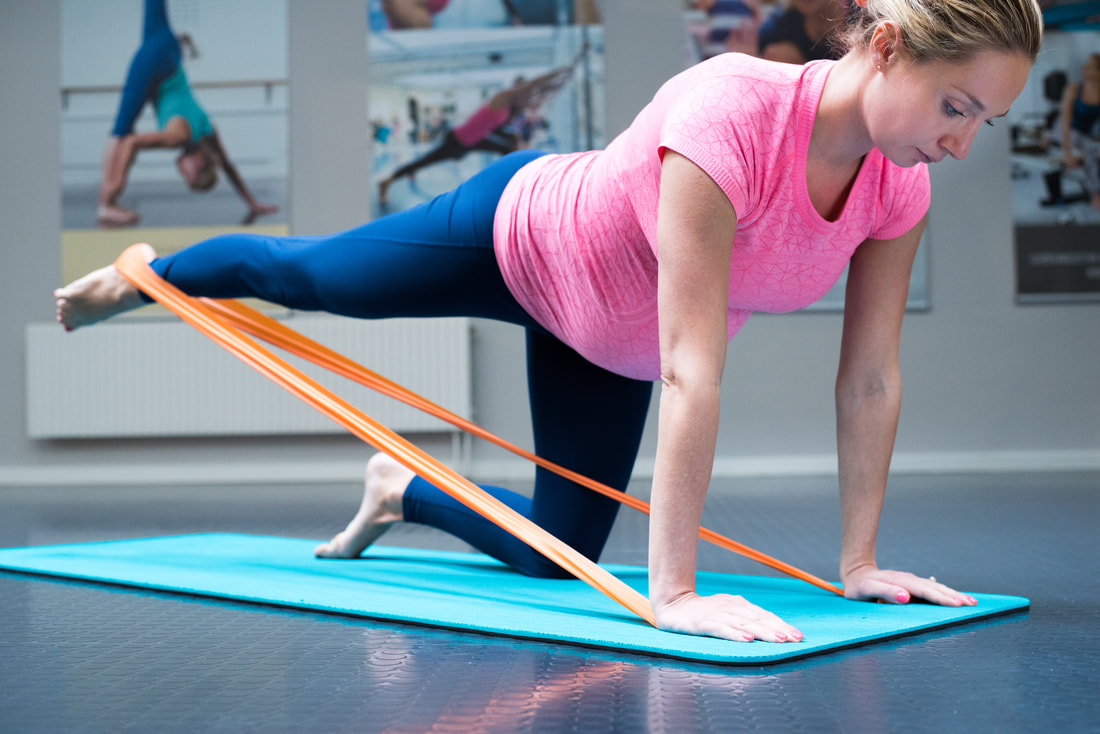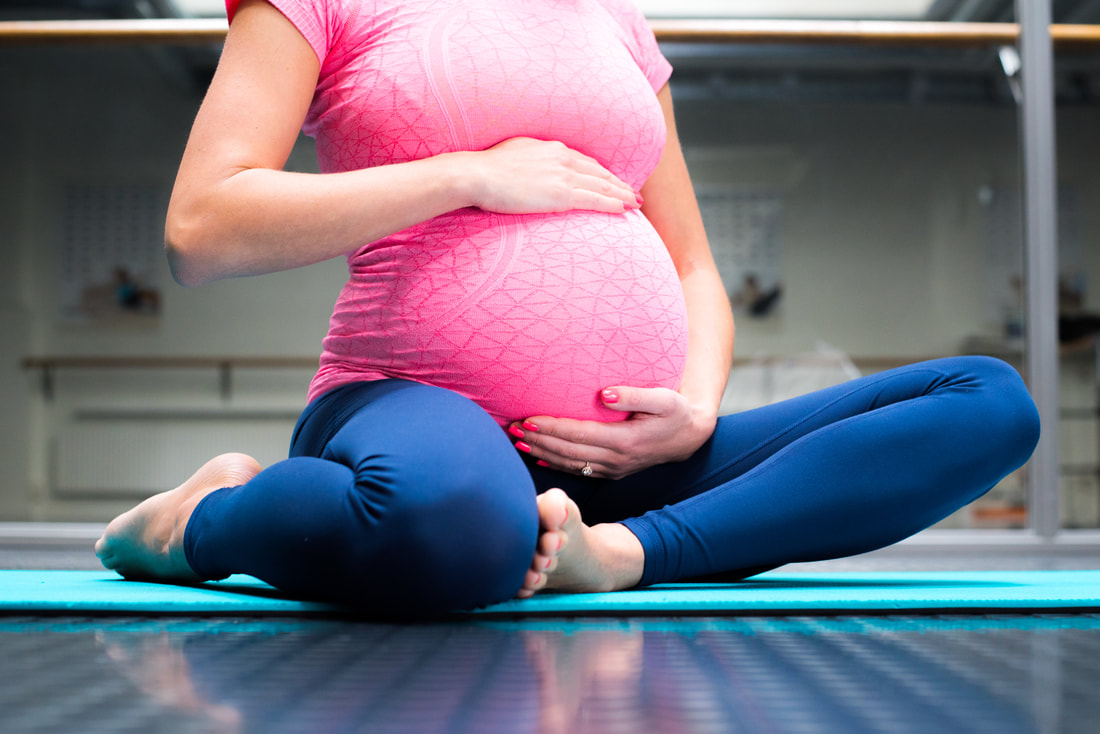personal training - pregnancy
pregnancyThe pregnancy is a special time in your life.
As a mother-to-be you want to feel great, train safely and make sure your body is taking on its new task in the best way possible. We help you to build up and maintain strength to carry a changing body, stabilize the pelvis and lower back, in addition to preparing you for the birth thanks to the increased strength and ability to relax gained from training. Correct training will also help the body in the process of recovering and re-gaining a strong and functional body after the birth. With professional guidance you are able to train throughout the pregnancy. We recommend personal training from week 16 and onwards. This way you receive the best possible training for a body in constant change, resulting in the security of knowing you are training safely, both for yourself and your baby. post pregnancyThe goal with post-natal training is to cautiously re-build the strength in the body to be able to handle everyday-life together with your baby.
After the pregnancy, it is especially important to strengthen and connect with the muscles involved in the process of regaining optimal body function after giving birth. Your trainer will guide you through exercises adapted to decrease abdominal separation, balance the pelvis and reset the pelvic floor. We can help with complications, such as diastasis recti, caesarian section, pelvic joint pain or dysfunction in the SI-joint. Training also helps with potential back pain or pelvis pain. Post-natal training is suitable from 6 weeks after delivery; 8 weeks or upon doctor’s recommendation in the event of caesarian section. Diastasis recti?During the pregnancy, the abdominal muscles and its layers will stretch and weaken. The rectus abdominis, commonly referred to as the “six-pack”, separates to the side and the layer of connective tissue in the middle, stretches. This could potentially result in that the peritoneum, which is meant to keep intestines, organs and fat in its place, weakens. In some cases the layers of connective tissue breaks, leading to what could be a very painful a hernia.
Normally, the separation of the abdominals diminishes by itself as time goes by, but many of us need a helping hand to re-stabilize the core muscles and avoid future problems. It is crucial to train in the right way to ensure the separation does not increase further. Diastasis Recti can give rise to discomfort like back pain, instable pelvis, pelvic floor problem and umbilical hernia. In addition; even though the delivery was several years ago, the “pregnancy-belly” may still remain, which could have psychological effect on the mother. |
To see our pricelist, click here.
|


